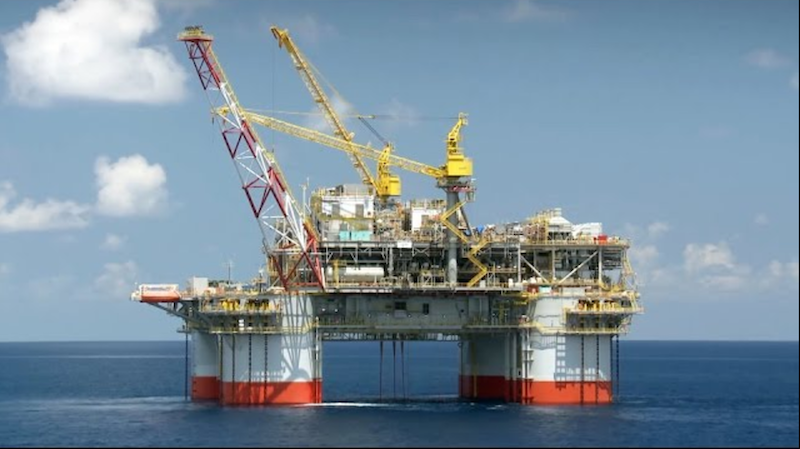Crude oil futures prices are higher today (up about a half percent at 1 p.m. EDT) on reports that Saudi Arabia is considering cutting its oil exports by an additional one million barrels a day, starting with a 600,000 bbl. per day cut (bpd) in August.
The rumor, reported by Reuters, comes as the latest OPEC production cut compliance estimate fell to 78% from its prior 100%-plus. At the same time, Ecuador announced it would stop complying with the OPEC production agreement because it needed the revenue from the extra oil. While Ecuador was only curtailing 25,000 bpd, a small volume, its announcement showcases the pressure many small OPEC members are under since oil prices have failed to rally to levels anticipated at the time the production agreement was reached at the end of 2016.
Higher oil prices are critical for the future of the oil business, but no one is sure exactly how high they need to rise in order to restore activity. The latest figures show that oil production from large offshore fields has not declined as quickly as forecast, rewarding their owners with more cash than was budgeted. While oil prices may not rise to levels anticipated earlier this year, the industry should take heart in BP CEO Robert Dudley’s comment at the World Petroleum Congress that prices aren't “lower forever.” Like a good forecaster, Dudley wasn't specific about a timetable.
Offshore producers are continuing to do the easy things to sustain or increase production. Recently, infield drilling and maintenance work have been the lifeblood of offshore work. Importantly, there are signs of a slight uptick in drilling contract awards, although the competition for them has kept contract day rates depressed. This isn't discouraging, since this is the normal condition for the business when it is bouncing along the bottom of a cycle and just beginning its recovery phase.
What happens in this recovery phase is that the low day rates and the short-term nature of contracts (producers at this stage often only contract a rig for one well plus an option) puts significant pressure on service companies to use their limited cash reserves extremely judiciously since no one knows just how long this phase will last. That means the funds required to keep vessels and rigs in regulatory and insurance compliance (or return them to) isn’t available for many companies.
Although this limitation may be temporary, it is the key phase the industry must transit as the business sees an acceleration in offshore day rates. He who has the cash will suddenly become king. However, if he misspends it, he will quickly return to pauper status once again.





